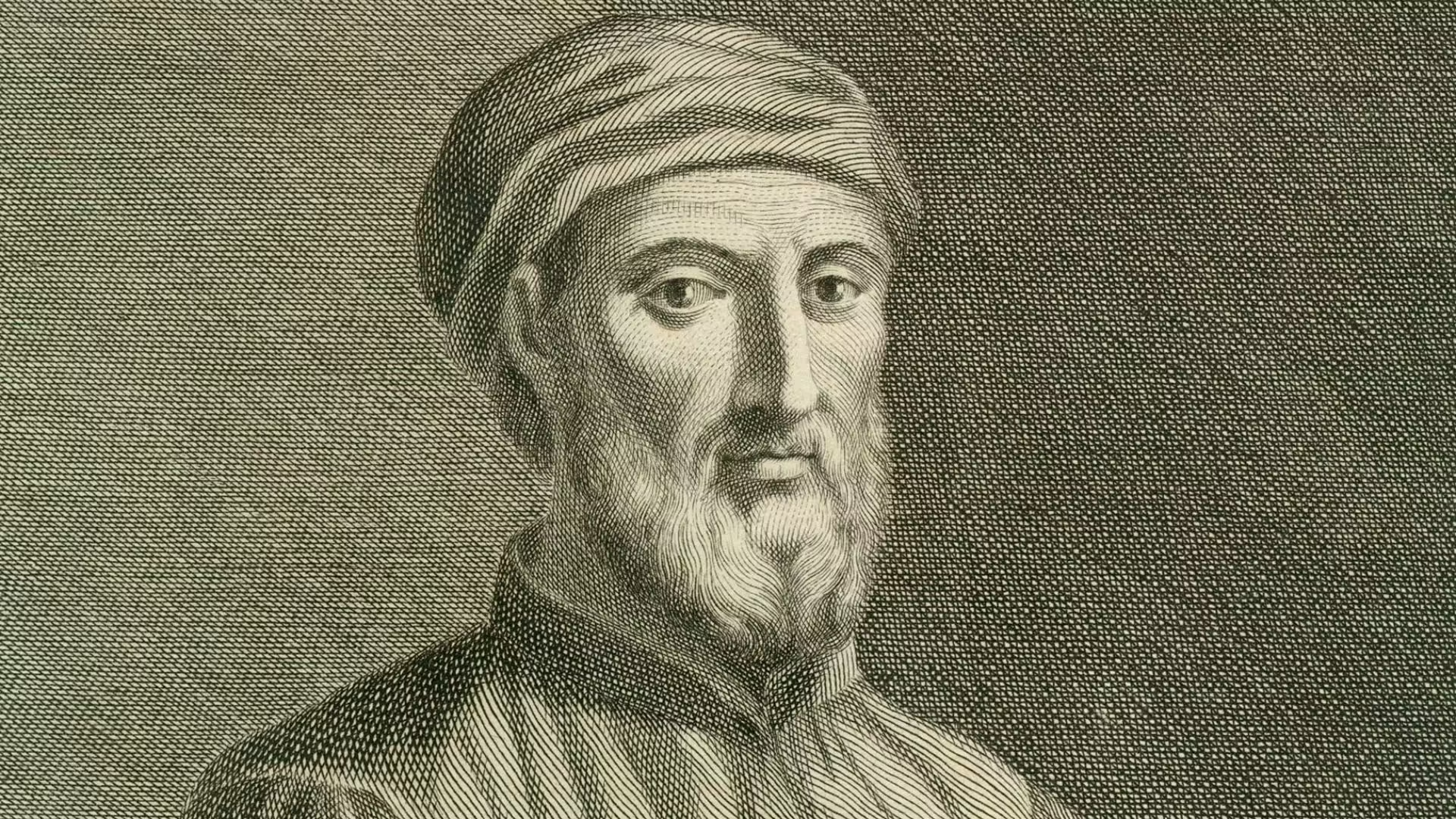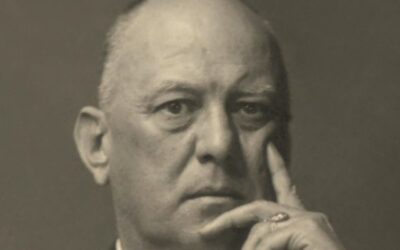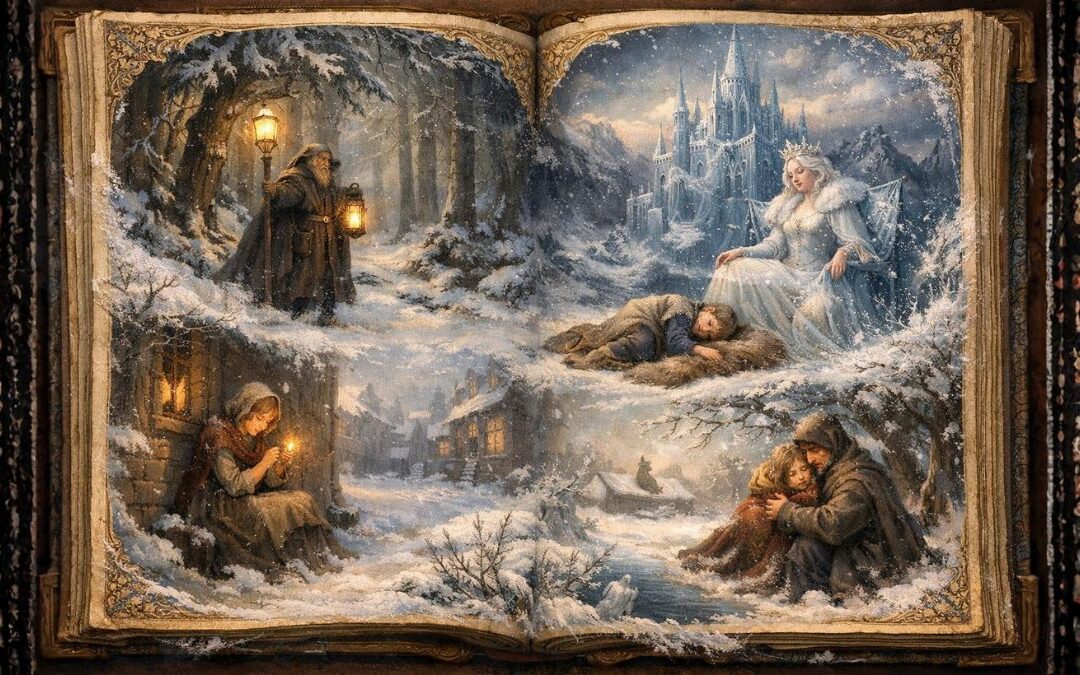The Gist
Early Life and Rise to Fame
Born in Florence, Italy, in 1386, Donatello (full name Donato di Niccolò di Betto Bardi) grew up during a time of artistic experimentation. As a young apprentice, he was exposed to new ideas about perspective, anatomy, and realism—concepts that would later define the Renaissance. Working closely with sculptor Lorenzo Ghiberti, Donatello gained experience creating intricate bronze doors for the Florence Baptistery, a project that showcased his budding talent.
It wasn’t long before Donatello’s reputation grew. Patrons recognized his gift for bringing emotion and realism to his work, a skill that was rare at the time. His sculptures didn’t just depict idealized figures—they felt alive, each with a story to tell.
Donatello’s Innovations: Changing the Face of Sculpture
Donatello revolutionized the art of sculpture by focusing on naturalism and psychological depth. At a time when most sculptures adhered to rigid, idealized forms, Donatello introduced movement, emotion, and expression. His works reflect the complexities of the human experience—joy, sorrow, strength, and vulnerability.
One of his most groundbreaking pieces is David, the first freestanding nude sculpture since antiquity. Cast in bronze, this version of David isn’t the muscular warrior seen in Michelangelo’s later rendition. Instead, Donatello’s David is youthful, even delicate, capturing a moment of quiet triumph. This sculpture broke conventions by presenting the human form as both beautiful and imperfect, something rarely seen in art at the time.
Donatello was also one of the first to use contrapposto—a technique that gives statues a natural, relaxed posture, with the weight shifted onto one leg. This made his figures appear more lifelike, marking a significant shift from the stiff, formal poses of medieval art.
Key Works That Define Donatello’s Legacy
In addition to David, Donatello’s other notable works include Saint George, a marble statue that exudes strength and determination, and Gattamelata, a bronze equestrian statue that captures both power and grace. The Gattamelata was revolutionary—it was the first large-scale equestrian statue of the Renaissance, a nod to ancient Roman traditions that hadn’t been revisited in centuries.
Another masterpiece, The Penitent Magdalene, shows Donatello’s range as an artist. Carved from wood, it depicts Mary Magdalene in a state of repentance, with raw emotion etched into every line of her face. This piece exemplifies Donatello’s ability to capture the inner world of his subjects, making viewers feel as though they are witnessing a deeply personal moment.
Donatello’s Influence on the Renaissance
Donatello’s impact on the art world cannot be overstated. His innovative use of materials—such as bronze, marble, and wood—along with his focus on realism and psychological depth, set the stage for future artists. Figures like Michelangelo and Raphael would later build on Donatello’s techniques, but it was his daring approach that opened the door to a new era in art.
His works also influenced the way art was perceived. No longer just religious icons or decorative elements, sculptures became vehicles for storytelling and emotional expression. Donatello’s ability to humanize his subjects helped elevate art to something that spoke directly to the soul.
The Enduring Legacy of Donatello
Even centuries after his death in 1466, Donatello’s legacy lives on. His sculptures are still admired in museums and churches across Italy, with the David statue displayed at the Bargello Museum in Florence. His techniques remain a cornerstone of art education, and his influence can be seen in everything from Renaissance paintings to modern sculpture.
What makes Donatello’s work timeless is not just his technical mastery, but his ability to capture the essence of the human spirit. Whether it’s the vulnerability of a young shepherd, the strength of a warrior, or the sorrow of a penitent, Donatello’s figures remind us of what it means to be human.
Final Thoughts
Donatello’s story is one of innovation, courage, and creativity. He dared to push boundaries and redefine what art could be, leaving behind a body of work that continues to inspire and awe. His sculptures don’t just sit in museums—they live, breathe, and connect with those who encounter them. Through his mastery, Donatello transformed marble, bronze, and wood into something much more than materials—he turned them into stories, emotions, and history. His work reminds us that art isn’t just about what we see—it’s about what we feel. And that, in itself, is what makes Donatello’s legacy truly immortal.
Let’s Talk
So, Donatello—pretty fascinating, right? What I find so intriguing about him is that he wasn’t just a talented sculptor; he was someone who really changed the way people thought about art. Think about it—before Donatello came along, sculptures were stiff, formal, and kind of impersonal. But then here comes this guy who carves marble and casts bronze in a way that makes you feel like the figures might step off the pedestal at any moment. It’s like he said, “Why just make a statue when you can make people feel something?”
And here’s the thing: it’s not just the technical skill that makes his work powerful—it’s the humanity he infused into it. His figures weren’t these untouchable, flawless beings; they were raw and emotional, reflecting all the complexity that comes with being human. Look at his David, for instance. It’s not just a sculpture of a hero—it’s a young boy who’s unsure, a little delicate, but also quietly confident. There’s something so real about that, don’t you think? It’s a reminder that strength isn’t always about having rippling muscles and a fearless expression. Sometimes it’s about standing there, uncertain but ready to face whatever comes next.
I think that’s what makes Donatello’s work so timeless. He captured emotions that are just as relevant today as they were back in the Renaissance. Whether it’s vulnerability, repentance, or quiet determination, those feelings are universal. And maybe that’s why his work still resonates—because it reflects us. When was the last time you stood in front of a challenge, feeling unprepared but pushed forward anyway? Isn’t that kind of like being David, standing in front of Goliath?
What’s also interesting is how Donatello’s work reminds us that perfection isn’t the goal. He didn’t aim to create flawless, god-like figures. Instead, he embraced imperfection—the slight curve of a back, the subtle worry in a figure’s expression. And that’s such a refreshing idea, especially today when we’re constantly bombarded with images of perfection. His art says, “It’s okay to be human. In fact, that’s where the beauty lies.” How often do we get caught up in trying to be perfect when, really, it’s the quirks and imperfections that make us who we are?
Another thing to think about is how Donatello wasn’t afraid to break the rules. Sculpting a nude David in bronze? That was bold. Creating an equestrian statue after centuries of no one even attempting it? That took guts. It makes you wonder—how often do we hold ourselves back from doing something just because “no one’s done it in a while” or because it feels risky? Donatello didn’t let tradition box him in. Maybe there’s a little lesson in that for us. What’s something you’ve wanted to try but held back on because it felt too unconventional?
And let’s not forget his use of materials. Donatello didn’t just stick to one thing—he worked with bronze, marble, wood, you name it. It’s a reminder that sometimes we need to experiment, try new tools, and step out of our comfort zones. Maybe the key to creativity isn’t sticking to what we know but being willing to mess around with something unfamiliar. Have you ever picked up a new hobby or tried learning a new skill, only to find it opened doors you didn’t expect? That’s the spirit Donatello worked with, and it’s inspiring to think that we can channel that same curiosity into our own lives.
Ultimately, Donatello’s work isn’t just about art—it’s about connection. It’s about reminding us that emotions are worth expressing, that imperfection is beautiful, and that sometimes breaking the rules leads to something incredible. So, here’s a question to leave you with: What’s one way you can embrace your own humanity a little more? And how might taking a bold step—just like Donatello did—change the way you approach life?
Let’s Learn Vocabulary in Context
Let’s dig into some of the key vocabulary that came up while exploring Donatello’s life and work. These words don’t just belong in art history—they’re relevant in everyday conversations too, and you might find them useful next time you need to express yourself a bit more creatively.
First, let’s talk about reputation. Donatello’s reputation grew because of his incredible work, and in life, our reputation—what others think of us based on our actions—can shape a lot of opportunities. “He’s built a solid reputation for being dependable, so people always trust him with big projects.”
Then there’s naturalism, which refers to art that aims to represent things as they are in real life. It’s also a word you can use to describe anything that feels authentic. “The movie stood out because of the naturalism in its characters—nothing felt forced or fake.”
Perspective comes next. In art, it’s the technique of showing depth and dimension, but in life, perspective is all about how we see things. “After traveling abroad, my perspective on life really shifted—I started appreciating the small things.”
Emotion is key to Donatello’s sculptures. His figures don’t just stand there—they convey real emotion, which made his work revolutionary. This word is just as useful in daily life. “She put so much emotion into her speech that everyone was moved.”
Donatello’s use of innovation was groundbreaking. Innovation refers to introducing new ideas or methods. “The company’s innovation in eco-friendly packaging has set a new standard for the industry.”
Now, let’s not forget imperfection. Donatello embraced imperfection in his work, and it’s a reminder that flaws are often what make things—and people—interesting. “The homemade cake wasn’t perfect, but its imperfection made it feel even more special.”
Legacy is another word that popped up. A legacy is what someone leaves behind, whether it’s in art, life, or personal relationships. “Her kindness left a lasting legacy that people still talk about.”
We also mentioned resonate, which means to connect deeply with someone or something. Donatello’s art resonates with people even today. “That song really resonates with me—it feels like it was written about my life.”
Courage is something Donatello showed a lot of by breaking away from tradition. Courage is what helps us face challenges even when we’re scared. “It took a lot of courage to admit I needed help, but I’m glad I did.”
Finally, expression is all about communicating what’s inside—whether it’s through art, words, or actions. “Painting has become my favorite form of expression—it’s how I unwind and reflect.”
Here are a couple of questions to consider: What’s an imperfection in yourself or your work that you’ve learned to appreciate? And how has someone’s legacy—maybe a mentor or artist—influenced the way you approach your own life?











0 Comments